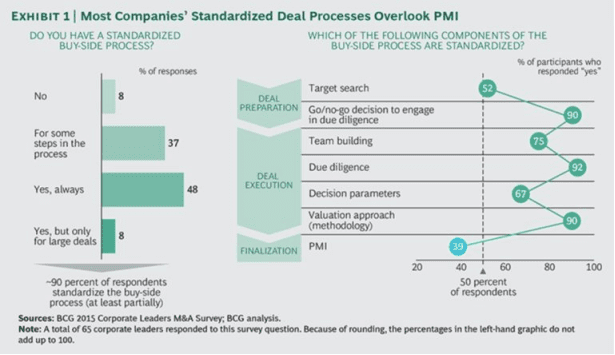There are thousands of small tech companies for sale at any time-they are often websites that take 1 or 2 people to run. You can find about a tech company on listings on Flippa.com and similar sites. They can be run from home. Sometimes they require a particular expertise but other times they can be managed by the owner and technical or time-consuming work can be done by contractors, often offshore.
Some examples are Amazon reseller businesses, or other ecommerce sites. There are many ways to make money, such as affiliate marketing to refer traffic to a bigger site, pay per click to bring in traffic, or adsense to get people to click on ads. Converting traffic to customers is key. SEO is one thing that impacts this-also things like site speed and content are important. Also flipping the business or providing premium content are other ways to monetize the site.
 If you have a desire to own a business and don’t want to start it from scratch, often this can be a solution.
Regardless of intention and how you ended up with the new business, there are several considerations to plan for, especially on the tech side.
Have the previous owner stay on after the sale. The owner can serve as an advisor or consultant for a predetermined period of time. This can add some much-needed stability during the transitional period.
Start with minor changes. Customers may react unfavorably to sweeping changes. Therefore, at the beginning, less is more. Make minor changes and pay attention to your customers’ initial reactions. It’s important to maintain site traffic. If you change hosting, site appearance, plugins or social media ensure you do in a test environment first and plan for/minimize interruptions.
If you have a desire to own a business and don’t want to start it from scratch, often this can be a solution.
Regardless of intention and how you ended up with the new business, there are several considerations to plan for, especially on the tech side.
Have the previous owner stay on after the sale. The owner can serve as an advisor or consultant for a predetermined period of time. This can add some much-needed stability during the transitional period.
Start with minor changes. Customers may react unfavorably to sweeping changes. Therefore, at the beginning, less is more. Make minor changes and pay attention to your customers’ initial reactions. It’s important to maintain site traffic. If you change hosting, site appearance, plugins or social media ensure you do in a test environment first and plan for/minimize interruptions.
 If you have a desire to own a business and don’t want to start it from scratch, often this can be a solution.
Regardless of intention and how you ended up with the new business, there are several considerations to plan for, especially on the tech side.
Have the previous owner stay on after the sale. The owner can serve as an advisor or consultant for a predetermined period of time. This can add some much-needed stability during the transitional period.
Start with minor changes. Customers may react unfavorably to sweeping changes. Therefore, at the beginning, less is more. Make minor changes and pay attention to your customers’ initial reactions. It’s important to maintain site traffic. If you change hosting, site appearance, plugins or social media ensure you do in a test environment first and plan for/minimize interruptions.
If you have a desire to own a business and don’t want to start it from scratch, often this can be a solution.
Regardless of intention and how you ended up with the new business, there are several considerations to plan for, especially on the tech side.
Have the previous owner stay on after the sale. The owner can serve as an advisor or consultant for a predetermined period of time. This can add some much-needed stability during the transitional period.
Start with minor changes. Customers may react unfavorably to sweeping changes. Therefore, at the beginning, less is more. Make minor changes and pay attention to your customers’ initial reactions. It’s important to maintain site traffic. If you change hosting, site appearance, plugins or social media ensure you do in a test environment first and plan for/minimize interruptions.
